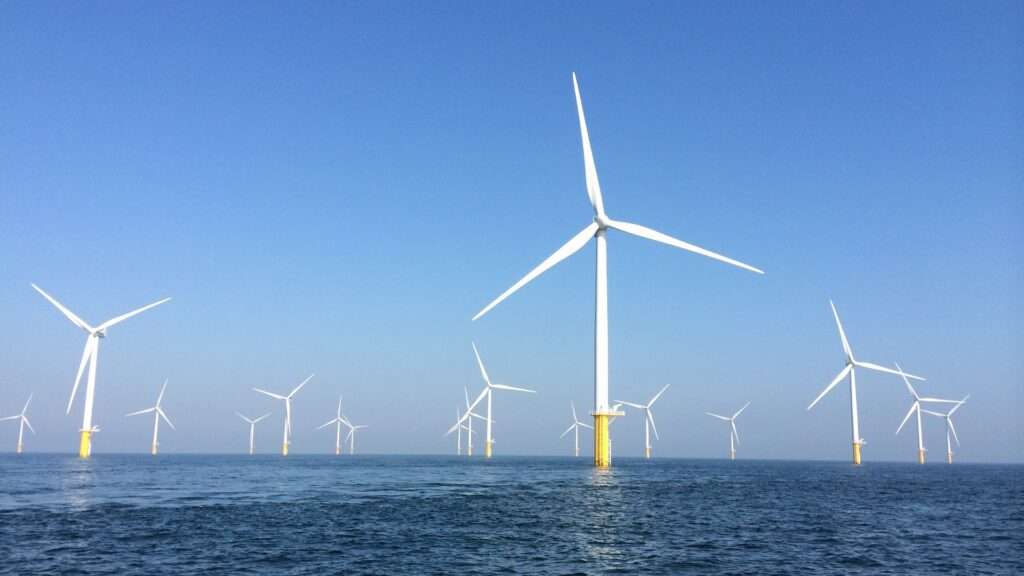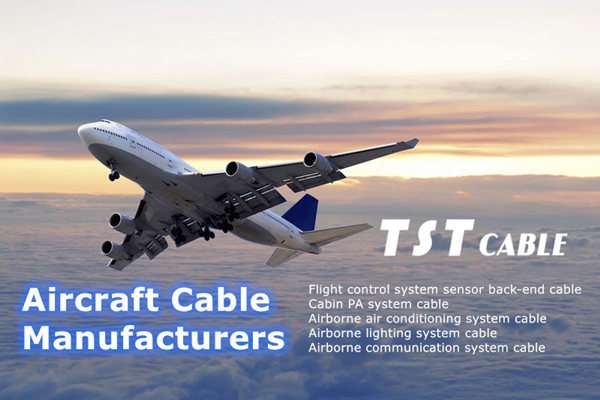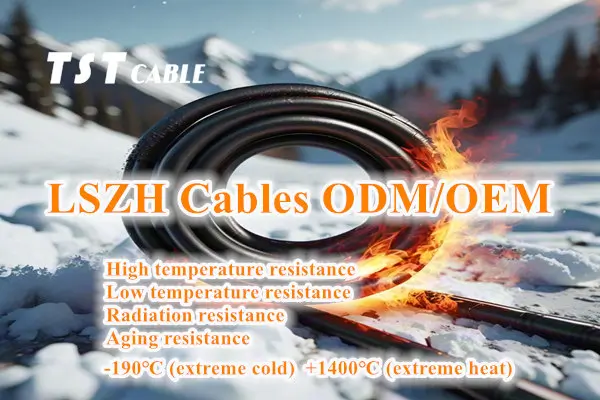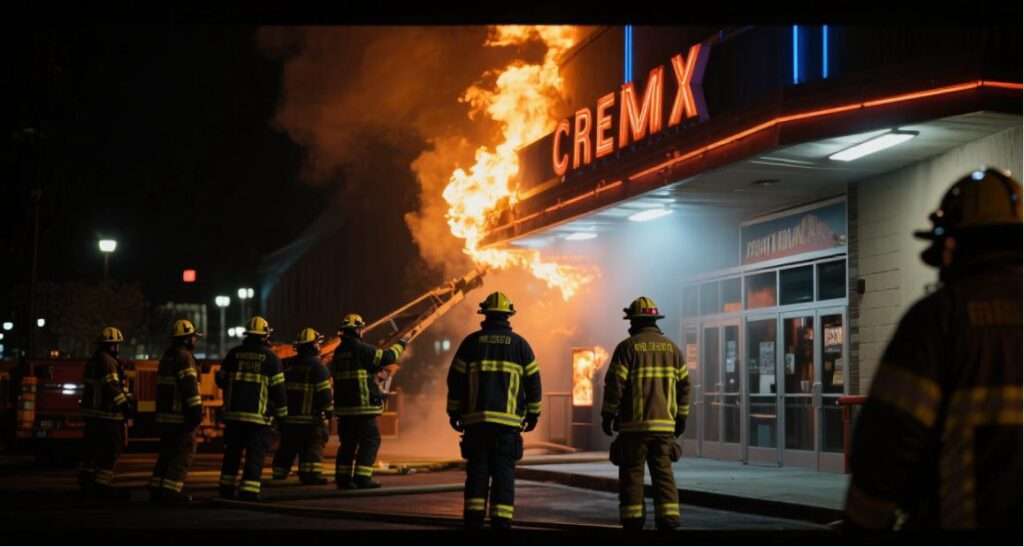
When it comes to low-smoke, zero-halogen (LSZH) cables, many people’s first reaction is: “Expensive!” Indeed, in wind power projects, a single LSZH cable is 20%-50% more expensive than a traditional PVC cable. But what you may not know is that while it may seem like a “burn,” it actually saves money. A 30% increase in cost can actually save millions. Especially for offshore wind farms, where investments often reach hundreds of millions, this cost must be considered over the entire lifecycle.
- Initial Cost: It’s indeed expensive, but the percentage is small.
First, let’s be realistic: Low-smoke, zero-halogen (LSZH) cables are indeed more expensive per unit due to their high material costs and complex production processes (such as irradiation cross-linking).
Take a 100MW offshore wind power project as an example:
The total cable procurement cost accounts for approximately 3%-5% of the total investment;
The use of LSZH cables may cost 8 million to 15 million yuan more than conventional cables.
Sounds like a lot? But compared to the project’s multi-billion-yuan investment, this is only a small “safety premium.”
- Hidden Costs: Ordinary Cables Are the “Long-Term Assassin”
The real impact on wind power costs isn’t the purchase price, but rather operations and maintenance (O&M), failures, downtime, and accident losses. These are precisely the “fatal weaknesses” of ordinary cables.
Frequent Corrosion Repairs → Soaring Costs
The high salt fog environment in coastal areas accelerates the aging of ordinary cable sheaths, leading to insulation degradation and frequent short circuits. Statistics from a Fujian wind farm show that wind turbines using PVC cables require cable replacements one to two times per year, with labor and downtime costs exceeding 100,000 yuan each time.
LSZH cables, on the other hand, are highly corrosion-resistant and have a lifespan of over 25 years, roughly the same as the wind turbine itself, significantly reducing replacement frequency.
High Fire Risk → Huge Downtime Losses
A 5MW offshore wind turbine generates approximately 15 million yuan in annual power generation revenue, or over 40,000 yuan per day. If a cable fire causes downtime, a day of repairs can result in tens of thousands of yuan in lost revenue, not to mention the tens of millions of yuan in losses from the entire turbine being scrapped.
Low-smoke, halogen-free cables are flame-retardant, low-smoke, and non-toxic, effectively reducing the risk of fire spread and the probability of major accidents. Post-disaster Cleanup and Environmental Costs
The halogenated acid gases released by traditional cable combustion are highly corrosive, damaging core components like converters and control systems, resulting in extremely high post-disaster repair costs. However, the combustion products of LSZH cables are non-corrosive, minimizing equipment damage and facilitating faster recovery.
III. Policy and Insurance: Not Using Them Can Be More Expensive
Failure to Pass Fire Inspection? Project Delays = Loss of Money
Increasingly, local governments and power grid companies are requiring offshore wind power projects to use low-smoke, halogen-free cables. Failure to meet these standards prevents grid connection, and each day of delay can result in hundreds of thousands of yuan in losses.
Lower Insurance Rates
Wind power projects using LSZH cables can reduce insurance costs by 10%-20% due to the reduced fire risk, representing a significant long-term savings.
IV. Real Case Study: 30% More Expensive, Yet Saved Tens of Millions
After comparing options, an offshore wind power project in Jiangsu chose TST CABLE LSZH cables:
The initial investment increased by approximately 12 million yuan;
But within five years:
Cable replacement and maintenance costs were reduced by over 6 million yuan;
Two short-circuit-related outages were avoided, saving approximately 9 million yuan in power generation losses;
The project successfully passed fire safety inspections and achieved grid connection ahead of schedule.
In total, the project achieved a payback period in less than three years, with net savings thereafter.
The use of TST CABLE low-smoke, halogen-free cables in wind power is essentially a safe investment, not simply a cost expenditure.
The initial cost premium is exchanged for:
✅ Lower O&M costs
✅ Higher power generation efficiency
✅ Stronger risk resilience
✅ Longer equipment lifespan
In the wind power industry’s general trend of reducing costs and increasing efficiency, true cost reduction isn’t about being the cheapest, but about being the cheapest over time.
So, instead of asking, “Why use expensive cable?” ask, “Can you afford not to use it?”
Also available in:
English





